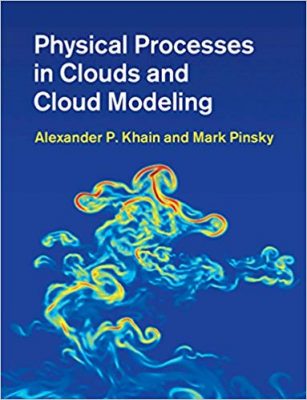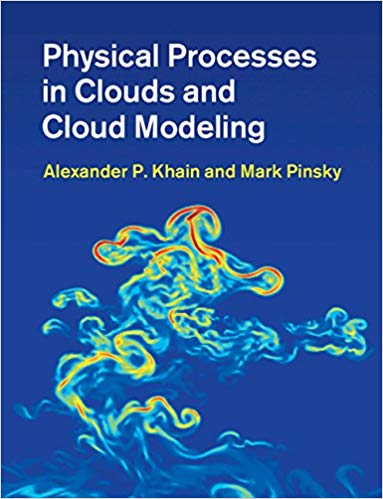 Authors: Alexander P. Khain and Mark Pinsky
Authors: Alexander P. Khain and Mark Pinsky
Publisher: Cambridge University Press – 626 pages
Book Review by: Sonu Chandiram
Clouds and temperatures play important roles on the state of our daily weather. Will it be a balmy or breezy day, or will it be a bright, sunny one? Are clouds covering the sun today, blocking the sun’s rays that provide us warmth?
Will it rain today? Will I need an umbrella? How cold is it going to be, and will I need just a sweater, or a jacket, as well as gloves and a cap?
In the study of clouds, the authors – Professors Alexander P. Khain and Mark Pinsky – state that there are basically two methods: the classical theory method and the novel theory method of cloud processes.
These methods “provide a much-needed link between cloud theory, observation, experimental results, and cloud modeling,” they write on the initial page of this extensive and substantial book of 626 pages.
Cloud models serve as a major tool of investigating cloud processes. These cloud processes are responsible for atmospheric phenomena, including climate change, which has become a very important issue these days, and threatens our future.
This book systematically discusses the following (and other) topics:
- Classical as well as recent advancements in cloud physics
- Cloud-aerosol interaction
- Collisions of particles in turbulent clouds
- Formation of multiphase cloud particles
- Microphysical processes in modern numerical cloud-resolving models
The full extent of the coverage of this book is provided here below. These are the titles of the seven chapters of this large-sized, well-illustrated book within its 626 pages:
- Clouds: Definitions and Significance
- Cloud Particles and their Representation in Cloud Models
- Basic Equations
- Numerical Methods Used in Cloud Models
- Warm Microphysical Processes
- Microphysical Processes in Ice and Mixed-Phase Clouds
- Modeling: A Powerful Tool for Cloud Investigation
Who can benefit with the use of this book? They would be advanced students of meteorology, numerical model designers in cloud physics, atmospheric scientists, environmental scientists, as well as established meteorologists.
Authors:
Alexander P. Khain is Professor in the Institute of Earth Sciences at the Hebrew University of Jerusalem. He is a renowned leading expert in developing cloud and cloud-resolving models with precise microphysics to investigate the physics of clouds and precipitation. He has participated in several American, Asian and European projects where his advanced microphysical schemes were widely used to investigate natural and anthropogenic aerosol effects and relations between microphysics and atmosphere dynamics.
He has two published books on tropical cyclones and their interaction with the ocean, and approximately 200 academic papers on cloud physics, cloud-aerosol interaction, and numerical modeling of clouds, storms, and hurricanes.
Mark Pinsky is Professor in the Institute of Earth Sciences at the Hebrew University of Jerusalem. He is a renowned leading expert in the investigation and modeling of drop condensation / evaporation and turbulence impact on collision processes in clouds. The cloud models he has developed have enabled us – for the first time – to explain the turbulence on precipitation formation as well as drizzle formation.
Dr. Pinsky has participated in several American and European research projects in the fields of cloud physics, precipitation enhancement, and satellite and radar meteorology. He has more than 100 published academic papers on cloud physics, cloud modeling, radar meteorology, and estimation of symmetry measure in chemistry.







